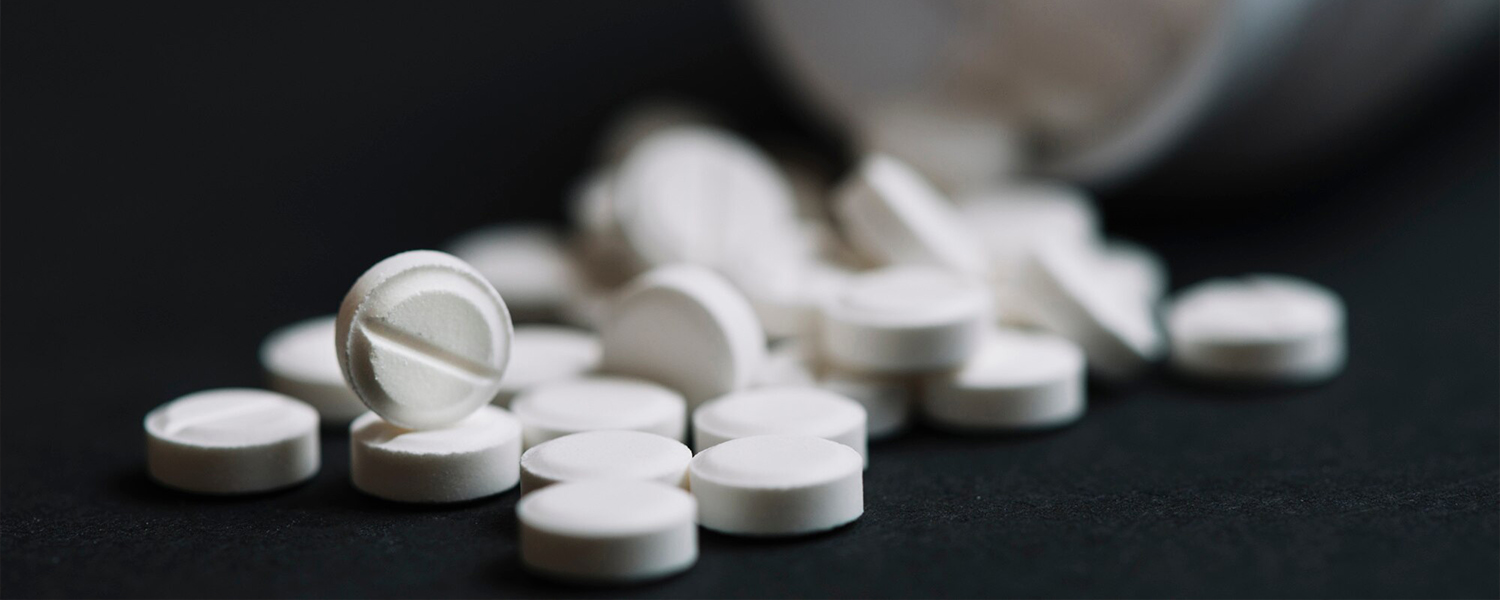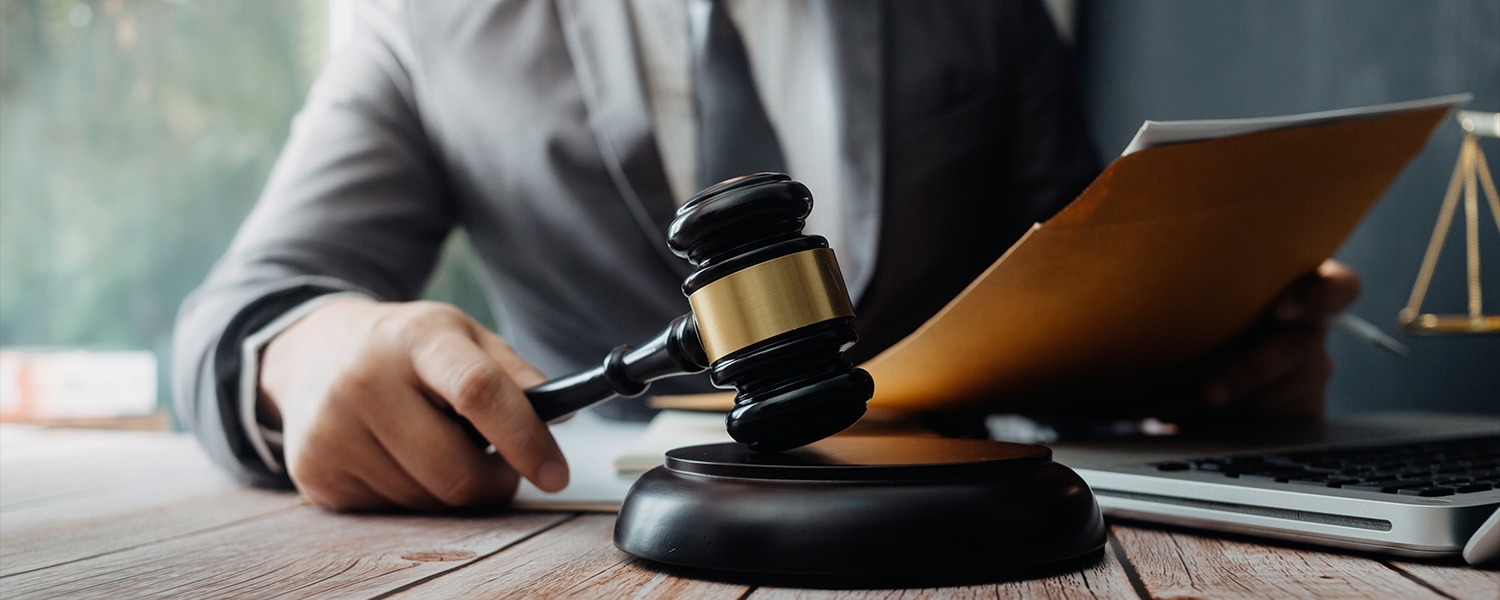Weekly Mass Torts Bulletin 2024-October-29
Indivior to Provide Suboxone Tooth Decay Data in MDL

The U.S. District Judge overseeing the federal Suboxone tooth decay lawsuits has announced that Indivior, the drug’s manufacturer, will soon provide electronic data on adverse events related to its opioid treatment, Suboxone.
This data will be critical as both sides continue exchanging information, which will help guide the selection of cases for bellwether discovery in the ongoing multidistrict litigation (MDL).
Currently, over 11,000 product liability lawsuits have been filed against Indivior in federal courts, with plaintiffs alleging that Suboxone’s sublingual film version caused severe dental damage, including tooth decay and enamel erosion. These users claim Indivior failed to warn about the risks associated with the drug, only adding a warning about tooth decay to the label in June 2022 after the FDA had received numerous complaints.
The litigation centers around the claim that had Indivior disclosed the risk earlier, patients and the medical community could have taken preventive measures, potentially avoiding permanent tooth damage and tooth loss. However, for many plaintiffs, the warning came too late, leading to irreversible dental harm.
In response to these common allegations, all Suboxone injury claims have been consolidated into an MDL, with the U.S. District Judge presiding over the coordination of discovery. This includes gathering information on issues that affect all claims, which will eventually lead to bellwether trials. These early trials will help both sides gauge how juries might respond to the evidence presented and influence future settlements.
In July, the judge requested that the parties submit proposals on the specific information required for each Suboxone dental claim to help identify a representative sample of cases. This process is crucial for driving the litigation toward a resolution. A case management conference was held in early October, where the court outlined steps to move the litigation forward. The judge emphasized the importance of obtaining Indivior’s electronic data on Suboxone-related adverse event reports, which is expected to be produced by the next status conference in November.
This electronic data will provide key insights into when Indivior became aware of the dental damage caused by Suboxone and how widespread the issue is. The information gathered will likely play a central role in determining which injuries are most commonly reported and assist in selecting representative cases for the bellwether trials.
To facilitate this process, the judge has ordered all plaintiffs with claims filed by October 7 to complete a census form within 270 days. This form will require specific details about their use of Suboxone Film and the dental injuries they experienced. Plaintiffs will also need to authorize the release of dental and pharmacy records, which will be uploaded into a common database for both parties to review.
The census form will ask plaintiffs to provide information about when they were first prescribed Suboxone Film, any other versions of the drug they may have used, and the extent of their dental problems. For example, plaintiffs will need to disclose whether they had teeth extracted or replaced due to Suboxone-related decay. This process will not only help identify cases that should proceed but will also eliminate claims that lack sufficient evidence or involve products that are not part of the litigation.
The judge's recent order states that any plaintiff who cannot demonstrate that they suffered dental injury from Suboxone or used the brand-name film will have their claim dismissed with prejudice, meaning they cannot refile. However, if plaintiffs fail to complete their census form due to temporary circumstances, such as being transient, their claims will be dismissed without prejudice, allowing them to refile at a later date.
Once representative claims are selected, the MDL will proceed with case-specific discovery. This phase will involve exchanging expert reports and gathering evidence to demonstrate how Suboxone leads to dental injuries. A smaller group of cases will then be chosen for the first bellwether trials.
These early trials, though not binding on the remaining claims, are critical for shaping the litigation's outcome. The results of the bellwether trials will likely influence future settlement negotiations, as both sides will better understand how juries respond to the evidence. While the specific payout for each Suboxone dental injury lawsuit is uncertain, the average settlement amount from these bellwether trials will likely determine how much Indivior might be required to pay in future settlements. The company may opt to resolve many claims through settlement, rather than facing thousands of individual trials, depending on the outcome of these initial cases.
In summary, the Suboxone litigation is moving forward with coordinated efforts to gather key information and identify representative cases for bellwether trials. As Indivior prepares to produce data on adverse events, both sides will continue exchanging evidence to establish the extent of Suboxone’s role in causing dental injuries. The outcome of the upcoming trials will be crucial in determining how much Indivior may need to pay in settlements to resolve the remaining claims and bring the litigation to a close.
JnJ Talc Bankruptcy to Proceed in Texas Despite Objections

A Johnson & Johnson (J&J) subsidiary can move forward with its third attempt to resolve tens of thousands of lawsuits alleging that its talc products caused cancer after a U.S. Bankruptcy Judge in Houston allowed the case to proceed in a Texas federal bankruptcy court.
This decision allows J&J to avoid the New Jersey venue that previously rejected two similar attempts to resolve the litigation. During the hearing, the judge dismissed objections from the U.S. Department of Justice's bankruptcy watchdog, the Office of the U.S. Trustee, and from attorneys representing some of the women suing the company.
These parties had argued that the case should be sent to New Jersey, where the earlier bankruptcy efforts were handled and eventually dismissed. However, the judge ruled that this bankruptcy filing was different from the previous ones, partly because J&J had already secured support from a large number of claimants who backed the settlement.
J&J, headquartered in New Jersey, faces more than 62,000 lawsuits from plaintiffs alleging that its talc-based products, including baby powder, were contaminated with asbestos and caused ovarian and other cancers.
The company has consistently denied these claims, stating that its products are asbestos-free and do not cause cancer. J&J maintains that bankruptcy is the fairest way to compensate plaintiffs, arguing that the alternative – taking cases to trial – would result in long delays, inconsistent outcomes, and often no recovery for many plaintiffs.
The company’s latest bankruptcy filing involves its subsidiary, Red River Talc, which sought bankruptcy protection in Houston in September. The filing is part of a proposed $9 billion settlement to resolve claims from women who say they developed gynecological cancers after using J&J’s talc products. The goal of the bankruptcy is to facilitate a global settlement that would stop all related lawsuits and prevent new ones from being filed.
J&J’s vice president of litigation welcomed the judge’s ruling, calling it a positive step toward a comprehensive settlement of the talc lawsuits. Without bankruptcy protection, the company argues, any partial settlement could still leave it vulnerable to future lawsuits and potentially enormous verdicts from holdout plaintiffs.
However, opponents of the settlement argue that J&J should not be allowed to circumvent previous court rulings by simply filing for bankruptcy in a different court. A federal appeals court has already ruled that J&J and its talc subsidiary were not in financial distress, a requirement for bankruptcy protection, and reaffirmed that decision after the second bankruptcy attempt. Critics say that allowing companies to "forum shop" undermines the integrity of the bankruptcy system.
The proposed settlement has split attorneys representing cancer victims. Some support the deal as the most efficient way to secure compensation for their clients, while others argue that the $9 billion settlement is insufficient. They also contend that bankruptcy protections should not be available to wealthy corporations like J&J, which can afford to pay claims but seek to avoid potentially larger jury verdicts.
The debate over J&J's bankruptcy strategy highlights broader concerns about how powerful companies can use the legal system to resolve mass tort litigation.
BD Agrees to Settle 38,000 Hernia Mesh Lawsuits

Becton Dickinson (BD) has agreed to settle nearly all U.S. lawsuits related to its hernia repair mesh, involving about 38,000 cases, in a settlement jointly overseen by state and federal courts.
The litigation has spanned nearly two decades. While BD did not disclose the settlement terms, the company stated that the amount was covered by the majority of the $1.7 billion it had previously set aside for product liability cases. Payouts are expected to occur over several years, with the first payments scheduled before the end of this year.
Most of the lawsuits are centralized in federal court in Columbus, Ohio, with the remaining cases handled in state court in Providence, Rhode Island. Plaintiffs will have the option to opt out, but their lawyers anticipate high participation rates. BD has not admitted wrongdoing and plans to defend against any remaining claims.
The hernia mesh products, made of polypropylene, were implanted to repair hernias but allegedly degraded in patients' bodies, leading to injuries such as infections, chronic pain, and organ damage. The first cases were filed in 2006 in Rhode Island, where Davol, the original manufacturer, was headquartered. BD acquired Davol's parent company, C.R. Bard, in 2017.
Four cases have gone to trial. Three resulted in verdicts for the plaintiffs, with awards of $255,000 and $500,000 in federal court, and $4.8 million in state court. BD won one trial in federal court.
This settlement is notable for its unique level of coordination between federal and state courts, with special masters appointed by both to administer the claims process, ensuring consistency for plaintiffs regardless of where their case is pending.
Opioid addiction market to reach $2.4B by 2033

The opioid addiction market across eight major markets (8MM) is projected to grow at a compound annual growth rate (CAGR) of 1.8% from $2.0 billion in 2023 to $2.4 billion by 2033, according to a report by GlobalData.
The report, titled “Opioid Addiction: Opportunity Assessment and Forecast,” highlights that this growth will be primarily driven by an increase in diagnosed cases, higher treatment rates, and the introduction of four late-stage pipeline products: cannabidiol, mazindol controlled release (CR), probenecid, and TRV-734.
A Neurology Analyst at GlobalData explained that three of these pipeline products—cannabidiol, mazindol CR, and probenecid—are non-opioid treatments, with cannabidiol and mazindol CR expected to be used as adjunct therapies alongside the standard treatments for opioid use disorder (OUD). Probenecid, on the other hand, is intended for the treatment of opioid withdrawal syndrome (OWS) and is likely to gain market share from existing OWS medications.
The report forecasts that these late-stage pipeline products could collectively generate about $171.4 million in sales across the 8MM by 2033. Of these, Trevena’s TRV-734, which is intended for OWS treatment, is considered the most promising, potentially generating global sales of $77.6 million by 2033. TRV-734's partial mu-opioid receptor agonist mechanism allows it to produce some opioid-like effects but without triggering the full intensity of opioids, thereby limiting side effects and withdrawal symptoms typically associated with current opioid-based treatments.
While the OUD pipeline agents are expected to introduce new treatment mechanisms, they are unlikely to become first-line treatments. The need for effective non-opioid therapies that don’t target the mu receptor, and that could eventually replace opioids as first-line options, remains a priority.
The report also highlights that while the opioid addiction market is expected to grow until 2033, generic erosion will pose a significant challenge, especially in the U.S. market. In 2023, the U.S. represented the largest share of the opioid addiction market, accounting for 74.1% of total sales across the 8MM. This dominance is largely due to the U.S.'s larger patient population and the high cost of opioid addiction medications. However, by 2033, the U.S. market’s share of global sales is anticipated to decrease slightly to 70.5%.
This decline will be driven by the expiration of key drug patents, leading to increased sales of generic versions of major OUD treatments. Notable drugs facing patent expiries include Indivior’s Sublocade, an extended-release formulation of buprenorphine that was the top-selling OUD drug in 2023, Alkermes’ Vivitrol (naltrexone ER), Braeburn’s long-acting buprenorphine product Brixadi, and Orexo US’ Zubsolv (buprenorphine). As these patents expire, competition from generic alternatives will contribute to a decline in sales of these key therapies.
Despite these challenges, growth in diagnosed prevalence, rising treatment rates, and increasing awareness around opioid addiction are expected to be the primary drivers for market expansion. According to GlobalData’s projections, while the entry of generics will act as a barrier to higher growth, the market for opioid addiction treatments will continue to experience gradual growth as the demand for effective therapies increases across the 8MM.
In conclusion, the future of the opioid addiction market is shaped by both the opportunities presented by late-stage pipeline products and the challenges posed by patent expirations and generic competition. However, the growing number of diagnosed cases and a heightened focus on treating opioid addiction will continue to sustain the market’s expansion over the next decade.

